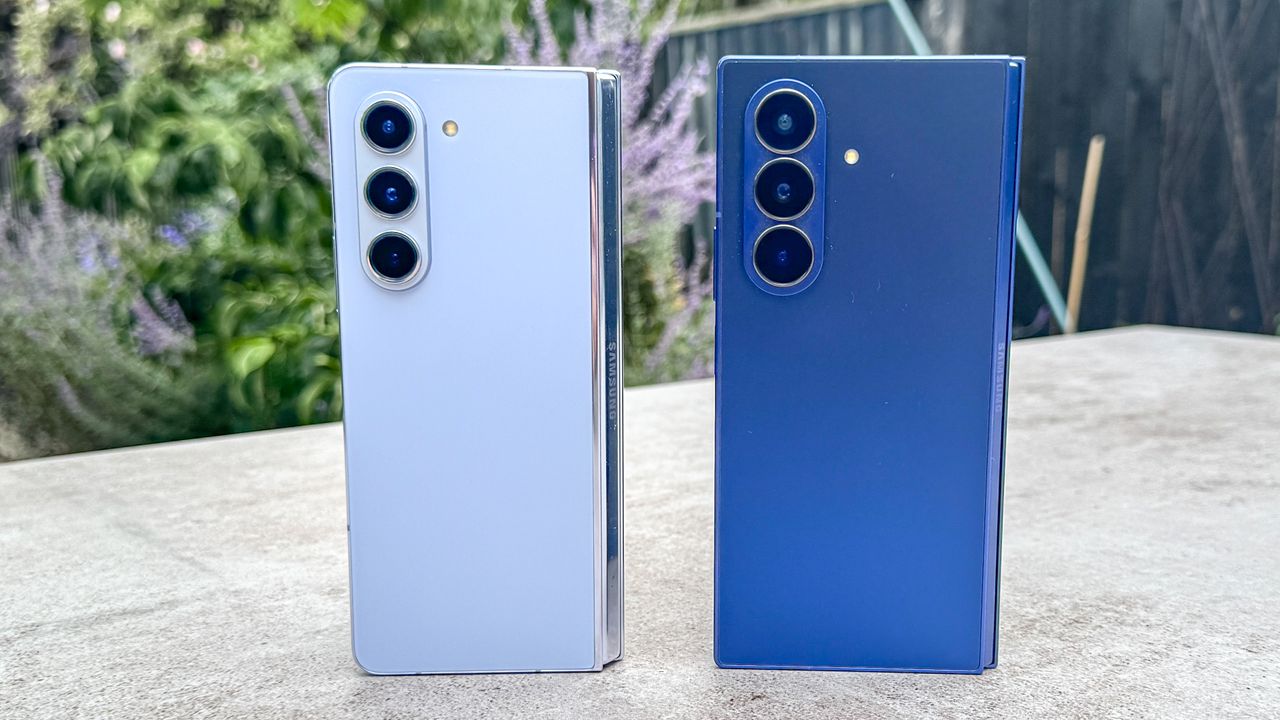
One of the most difficult decisions any device owner faces is knowing when it's time for an upgrade. And when the device is as expensive as the $1,999 Galaxy Z Fold 7, that question becomes even trickier.
It's a pressing question for me personally. For the past year, I have been using the Galaxy Z Fold 5, a device that helped me overcome my skepticism about foldable phones to see their appeal. So I watched the recent Galaxy Unpacked event with anticipation to find out more about Samsung's latest foldable.
Based on our own Galaxy Z Fold 7 review, there's no doubt this is a fantastic-looking phone with some big improvements. But I keep getting stuck on that $1,999 starting price, which easily surpasses other phones and even a few laptops. And I doubt I'm the only one whether we're talking about current foldable phone owners or anyone considering jumping to a foldable design.
With that in mind, I took a closer look at the Galaxy Z Fold, using it over the course of a week to see how big an upgrade it was over my current Galaxy Z Fold 5. Here's what I discovered.
The bigger screen is a big upgrade — when it's supported
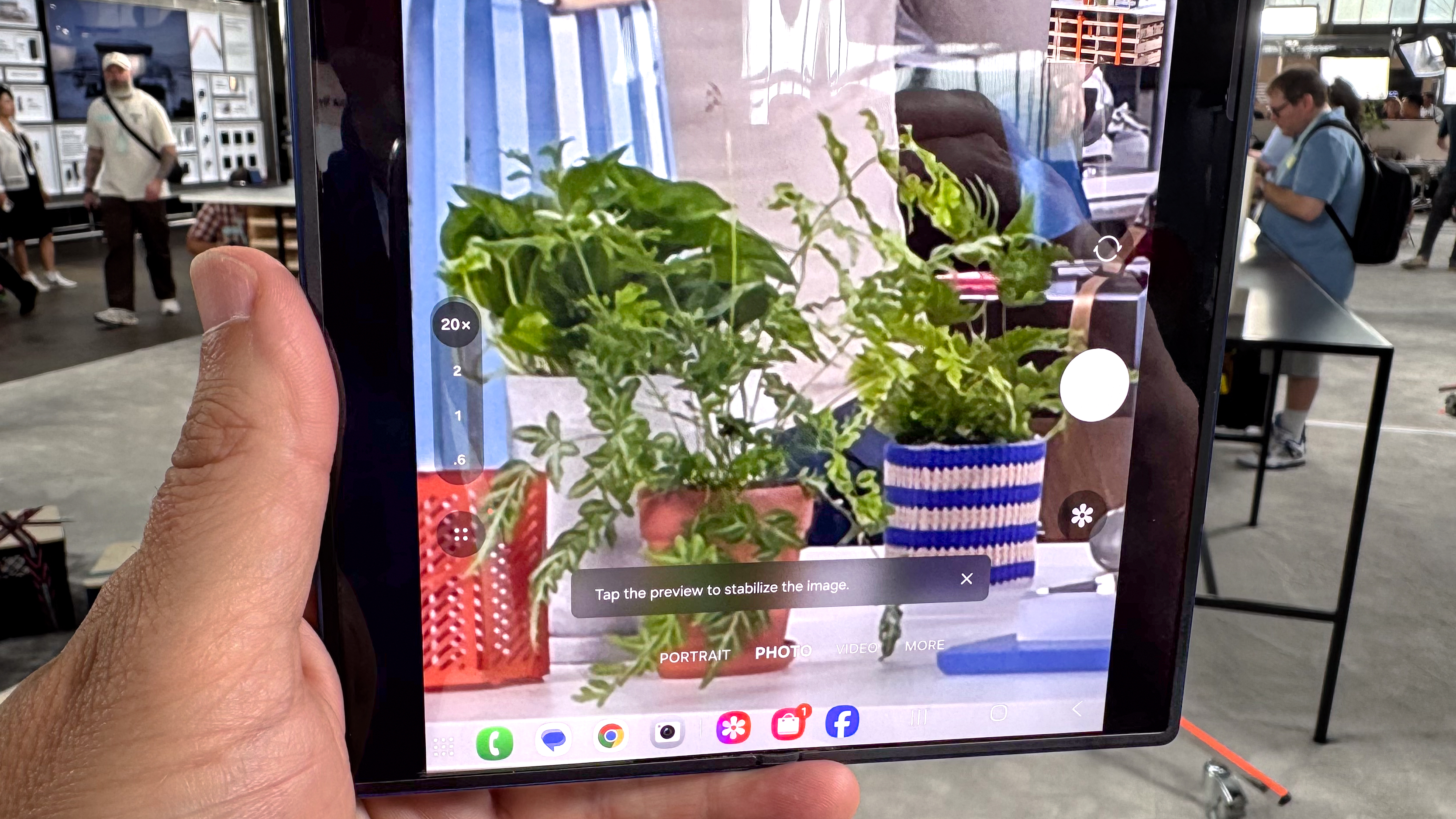
One of the main reasons that you would ever consider buying a foldable phone is to have access to a bigger inner display, and the same is true when it comes to upgrading.
The Galaxy Z Fold 7 certainly has the advantage here, thanks to the 8-inch inner display that's now the centerpiece of this device. That compares to a 7.6-inch main panel on my Galaxy Z Fold 5.
A mere 0.4 inches of extra space may not seem like a big addition. But I really noticed the extended display when using the on-screen keyboard or working in split-screen mode.
And yet, one issue remains.
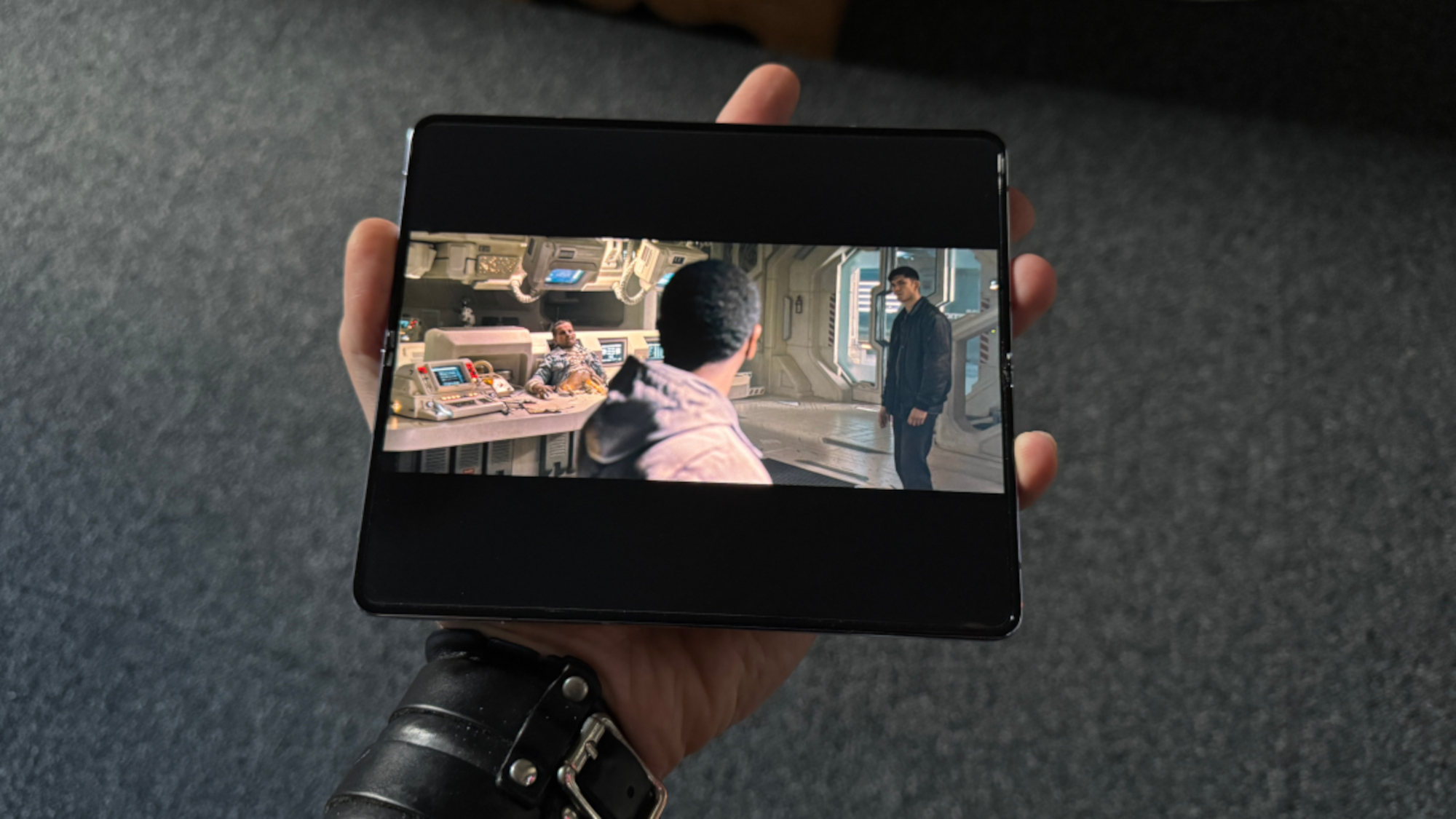
I recently tried out the Galaxy Z Fold 5 as a streaming device, and in the process, discovered that many of the best streaming services really don’t make use of the bigger screen on foldable phones. The result: much of that larger screen is under-utilized.
This same problem persists on the Galaxy Z Fold 7, but in some ways, it's even worse, as there's even more space left to waste.

The outer display on the Galaxy Z Fold 7 has gotten bigger, too, and that's a change I can definitely appreciate. We're talking 6.5 inches compared to a 6.2-inch cover panel on the Z Fold 5.
That always felt too small to me, causing me to unfold the phone to perform basic tasks like sending a message. In contrast, the 6.5-inch screen on the Galaxy Z Fold 7 is much more comfortable to use so I can get a lot more work done without ever having to open up the device.
Improvements to both camera and performance
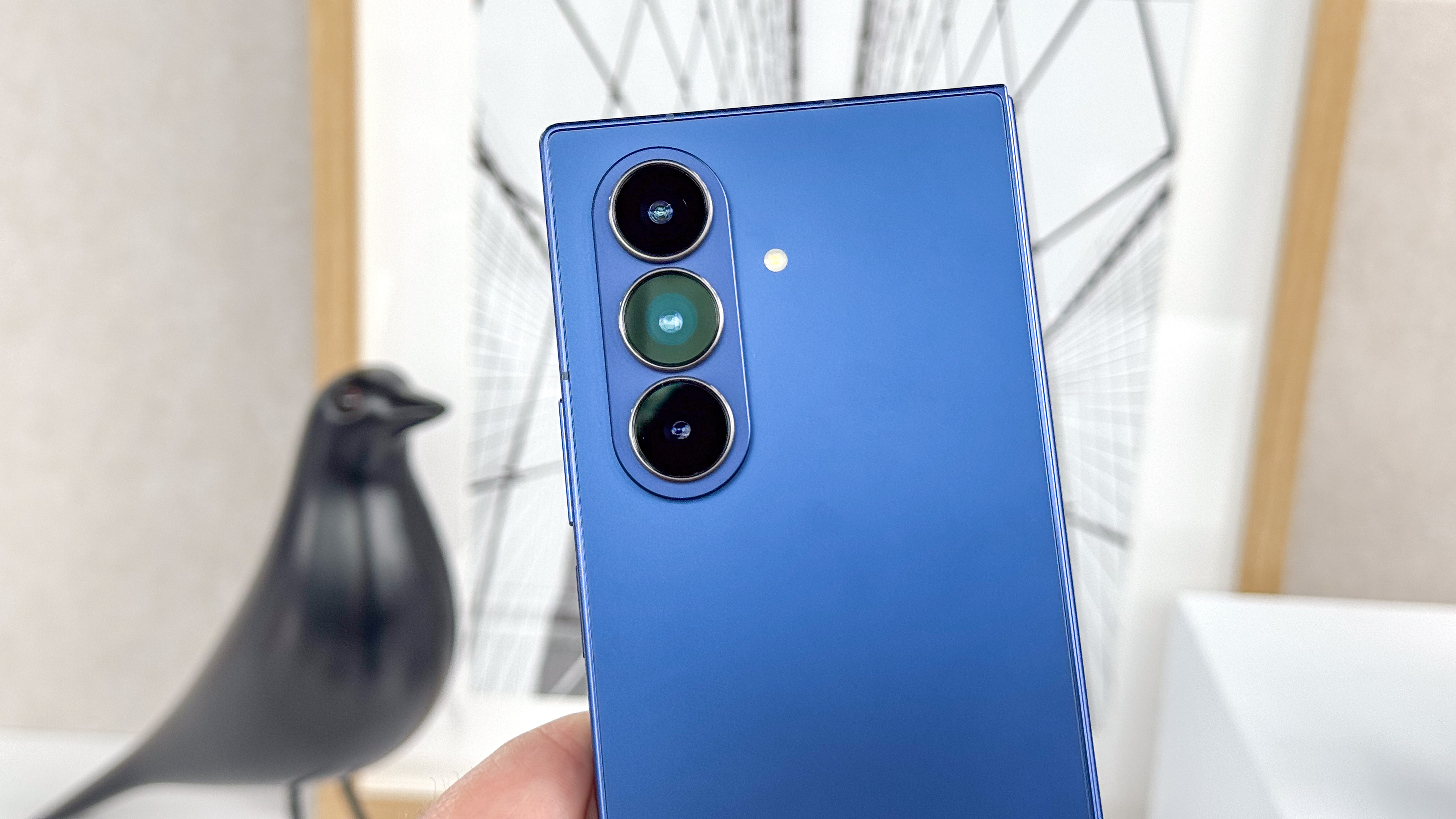
The Galaxy Z Fold 7 gets a 200 MP main camera, matching the one on the Galaxy S25 Ultra and handily topping the Z Fold 5's 50MP shooter. In the comparison shots below, you can see the improved definition on the Galaxy Z Fold 7's camera, although the colors do appear a bit more muted than they are in the Z Fold 5 shot.
If you want a better idea of how the cameras compare, we did a 10-round shoot-off between the Galaxy Z Fold 7 and the Galaxy Z Fold 6, which has the same cameras as the Z Fold 5.
It isn’t just the cameras that have seen a marked improvement, as the Galaxy Z Fold 7 comes with the stellar Snapdragon 8 Elite chip. Meanwhile, the Galaxy Z Fold 5 only has the Snapdragon 8 Gen 2, which is a couple of generations behind.
In real world use, it may take you a while to notice the difference; it certainly did for me. But I do think the Z Fold 7 is really quick and holds up when playing the more modern games.
What hasn't changed
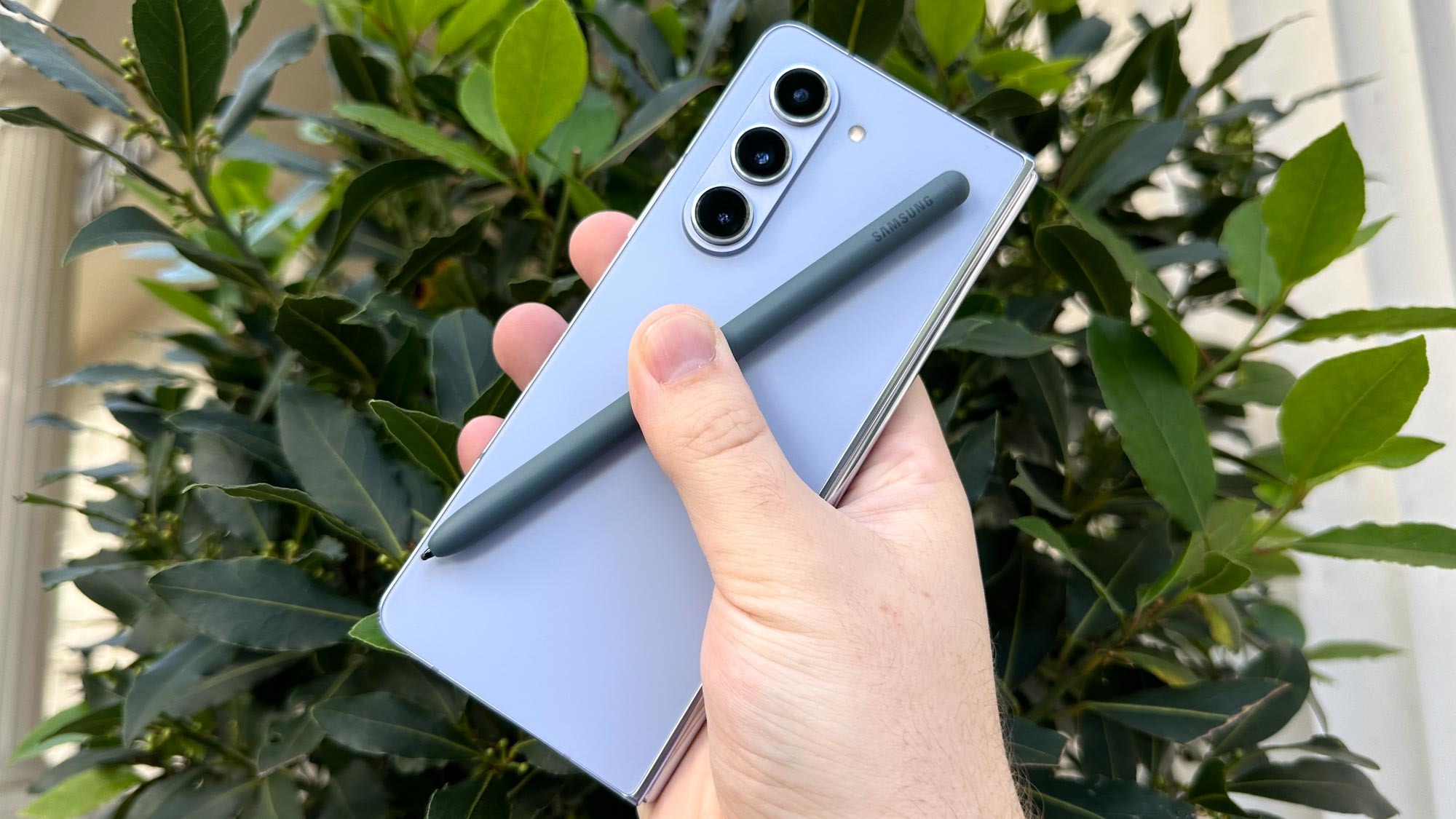
The Galaxy Z Fold 5 features a 4,400 mAh battery, and two years later, Samsung's still using that power pack in the Galaxy Z Fold 7. Even with the Snapdragon 8 Elite inside the Z Fold 7 offering better power management, battery life on either phone had yet to break the 11 hour mark on our battery test.
The Galaxy Z Fold 7 ships with One UI 8, which doesn't feel like a particularly feature-rich update to me outside of a few improvements to features like Circle to Search and more. However, you'd expect these features will eventually come to older phones like the Galaxy Z Fold 5 as Samsung makes its new software available.
On top of that, the Galaxy Z Fold 5 actually has features that the Galaxy Z Fold 7 doesn’t, namely, it can use an S Pen. In an attempt to get the Z Fold 7 as thin as possible, Samsung had to remove the digitizer from the screen, which is a bit of a step back from my perspective.
Is thinner better?
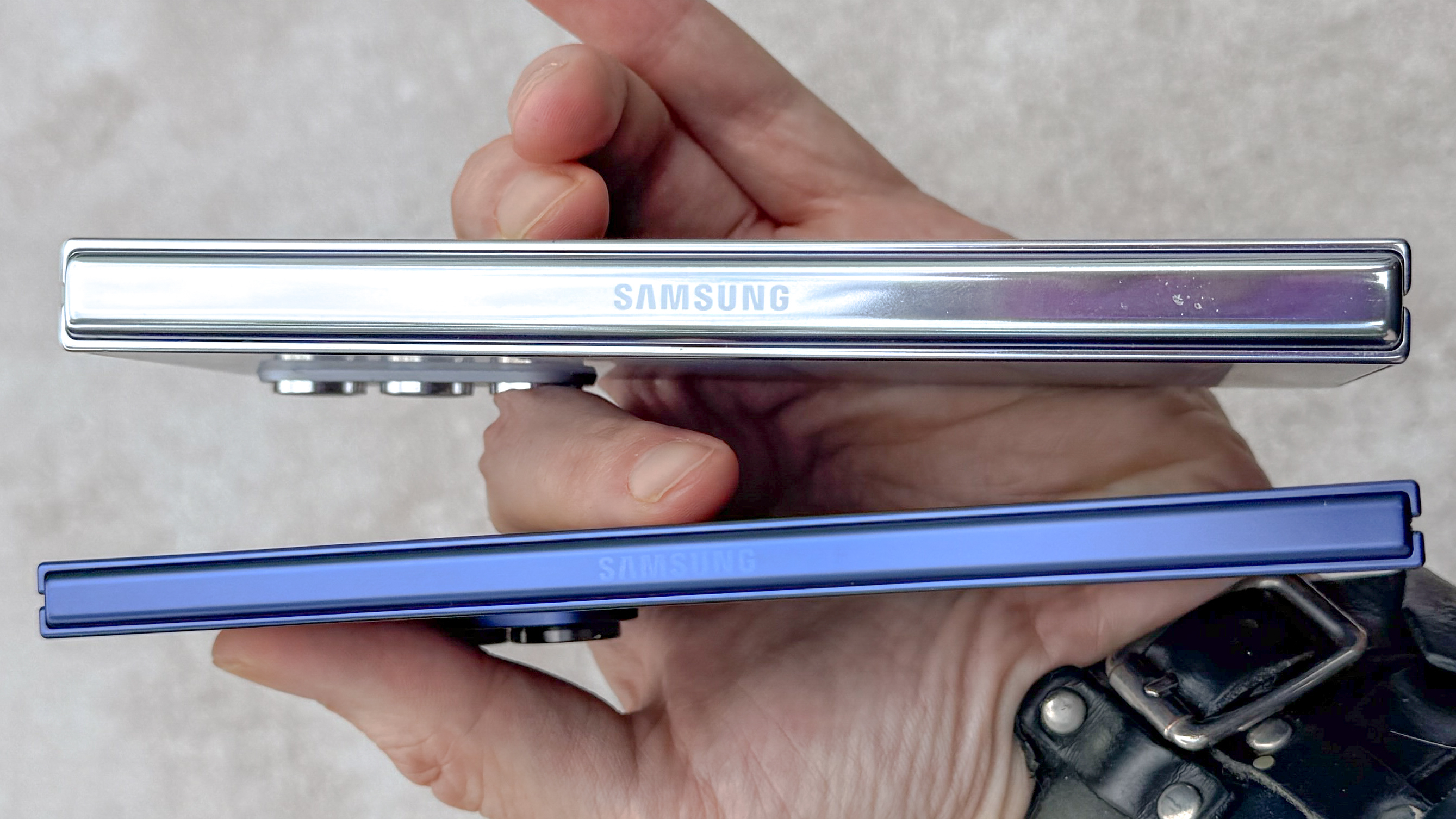
Now that I’ve mentioned it, I suppose I should talk about the elephant in the room… the very skinny elephant.
Yes, the Galaxy Z Fold 7 is much thinner than the Galaxy Z Fold 5, with the newer phone measuring 0.35 inches when folded and 0.17 inches when unfolded. Meanwhile, the Galaxy Z Fold 5 is 0.53 inches thick when folded and 0.24 inches when unfolded. It’s a noticeable difference, and from a hardware standpoint, it’s pretty impressive. But I'm not necessarily a fan of the change.
Initially, I thought the thinner design might hurt durability, though recent durability testing has put that concern to rest. For me, though, the camera bump on the Galaxy Z Fold 7 feels more noticeable because of that thinness, and it makes balancing the phone in clamshell mode a nightmare — something I noticed when using it for Samsung DeX.

The Galaxy Z Fold 5 keeps weight more evenly distributed. When the older phone is lying flat, it doesn’t rock around nearly as much.
That said, I will admit that the crease on the main display is much less noticeable on the Galaxy Z Fold 7, which leads to a more immersive viewing experience. The Galaxy Z Fold 7 is also much lighter at only 7.5 ounces compared to the Galaxy Z Fold 5’s 8.92-ounce weight.
Upgrade or not?
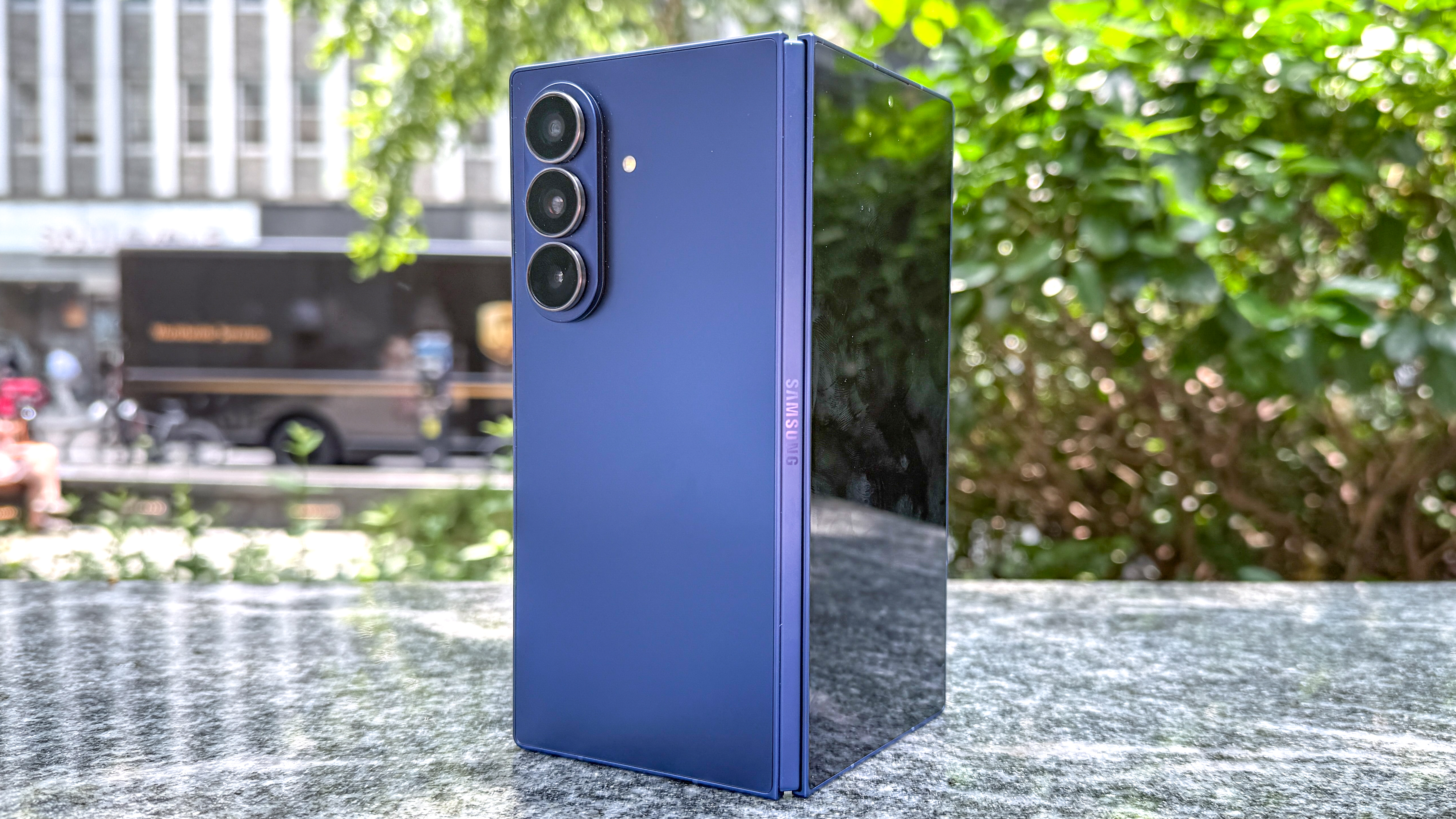
Even after gong through all these changes — some good, some less so — I can't forget about the $1,999 price for the Galaxy Z Fold 7. And so the upgrade question boils down to whether the changes are enough to justify that kind of expense, even if the best Galaxy Z Fold 7 deals can drop the price?
Frankly, I think Galaxy Z Fold 5 or Galaxy Z Fold 6 owners should hold off on upgrade. The main appeal of the new phone is its larger screens and thinner design, and while both changes impress, I just don't see enough apps taking advantage of that display.
Ultimately, the high cost of foldable phones — especially Samsung's — means they don’t follow the typical update schedule of most devices; instead, they are phones you want to keep for as long as possible rather than upgrading after just a year or two.
If you've got an older foldable device, though, or you've never tried a foldable before, the appeal of the Galaxy Z Fold 7 is undeniable. Samsung has improved on many elements of the foldable experience, and the seven years of guaranteed support means that large price can be spread out over time.







